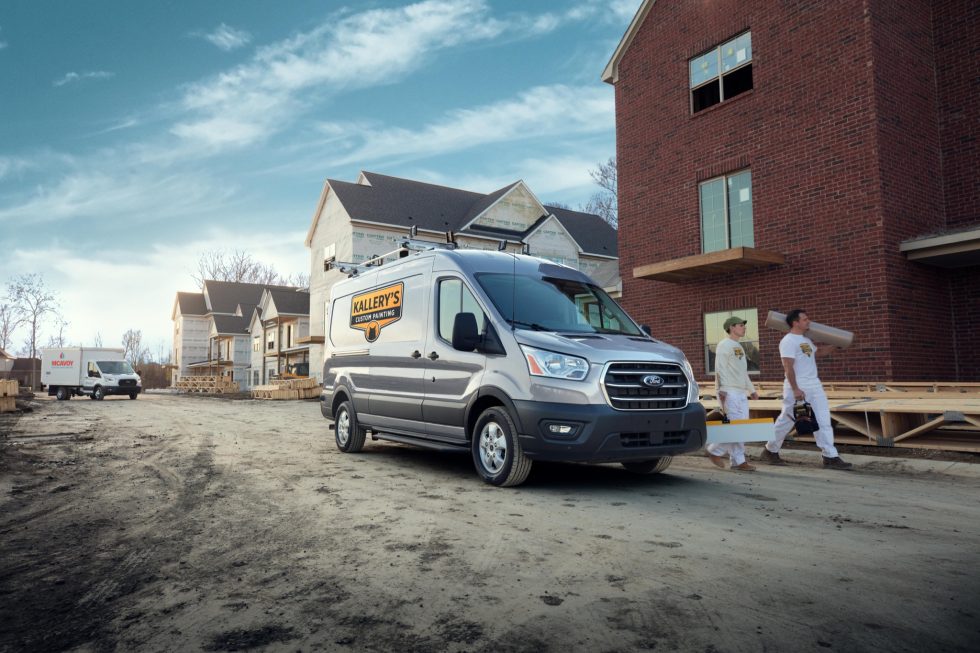Ford’s best-selling Transit is going electric, and it’s coming to America

The Transit van is Europe's answer to the Ford F-150. It's a ubiquitous work vehicle, and an all-electric version is coming to the US and Canada in 2022. [credit: Ford ]
The pickup truck versus the work van is one of those (possibly tired) transatlantic tropes that each side uses as proof of its inherent superiority. Having grown up in London, I fall more toward the van side of things, because vans appear able to do everything a truck can do-carry stuff, tow stuff, drive stuff to places-while keeping that stuff dry and safe from the elements at the same time. Plus they look more aerodynamic, and they're what I was used to. In recent years-perhaps but probably not due to the popularity of @itsvantime on Twitter-vans have become more of a thing here in the US. And with any luck that trend will increase in 2022, because that's when Ford will launch an all-electric Transit here in the North American market.
"Commercial vehicles are a critical component to our big bet on electrification. As leaders in this space, we are accelerating our plans to create solutions that help businesses run better, starting with our all-electric Transit and F-150. This Ford Transit isn't just about creating an electric drivetrain, it's about designing and developing a digital product that propels fleets forward" said Jim Farley, chief operating officer, Ford Motor Company.
Right now, Ford isn't sharing much in the way of specific details about this electric Transit, which will join an all-electric F-150 pickup when it goes on sale. We know it will be assembled in the US, presumably to avoid the chicken tax. We know it will be connected, which is probably a good thing from a fleet manager perspective, because telematics let you know which of your drivers are breaking your stuff. And-just like the full-size pickups so beloved by US trades-it will come in a variety of sizes, with three different body lengths, three different roof heights, and different cabin and body options.
Read 1 remaining paragraphs | Comments